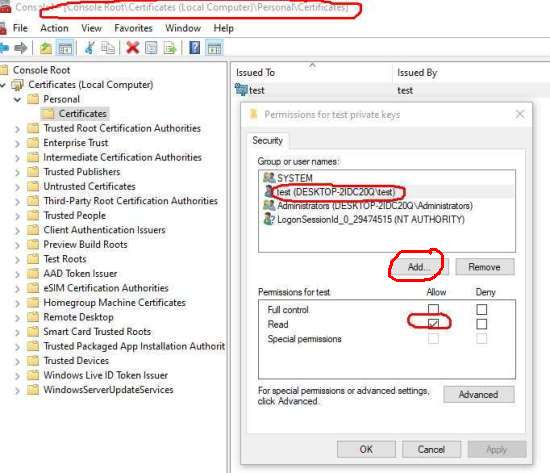
In between the two is a regular domain user who has been made a member (directly or indirectly) of the local Administrators group on one or more machines.
#USING NEOLOAD WITHOUT LOCAL ADMIN PRIVILEGES 2016 SOFTWARE#
(A not-so-infrequent troubleshooting measure.) Even its usefulness for software installations is limited because it may not be able to access a network share where the software to be installed resides. It is useful mainly in situations where there is no connectivity to a domain controller, for example to remove a machine from the domain and re-join it. That level of access should be strictly limited to authorized administrators.Ī Local Administrator is a local user account on one machine and has administrative access there, and no access at all to any other machine in the domain because it is unknown outside the local machine. In such case - do not give that workstation Domain admins rights but use instead local administrator.Ī Domain Administrator is a domain account that has administrative access to all machines in the domain, clients as well as servers.

There're some situations where not really smart programmers force users to use their apps with elevated privileges. "it seems that you would want to use a local account for functions specific to a workstation and a domain account for functions specific to the domain." - If your are a Domain admin, then try to do everything as Domain admin to avoid physical trips to workstations.

The only way to restore DC from backup - it is to login as local admin. "Also, what are some events in which one would want to use a local admin account vs a domain admin account?" - In case of domain crash.

"When logging into a server or workstation remotely for the 1st time, do you need to login as the domain administrator first or can you login remotely as the local administrator account 1st?" - Not critical, but do first local admin to initiate home directories locally on that remote machine, so in case you need login in case of domain loss, it will start much faster.


 0 kommentar(er)
0 kommentar(er)
